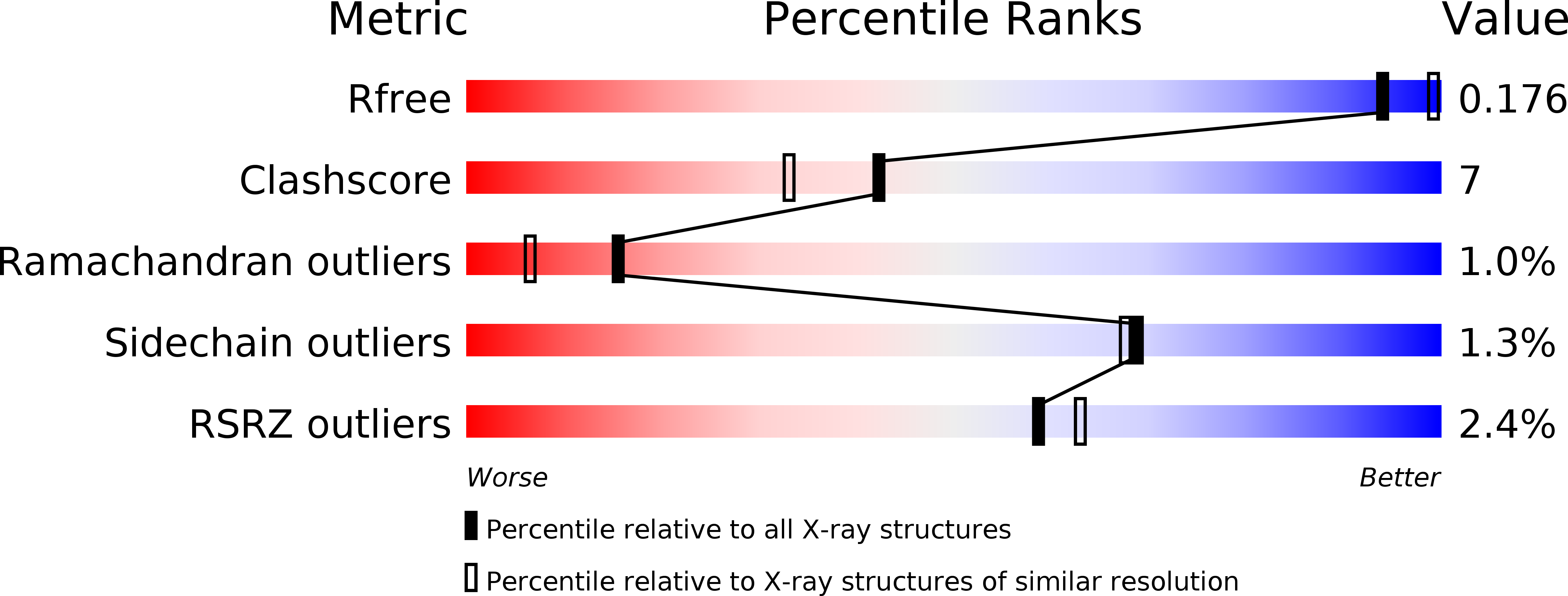
Deposition Date
2017-01-13
Release Date
2018-08-08
Last Version Date
2023-11-22
Method Details:
Experimental Method:
Resolution:
2.05 Å
R-Value Free:
0.18
R-Value Work:
0.15
R-Value Observed:
0.15
Space Group:
H 3


